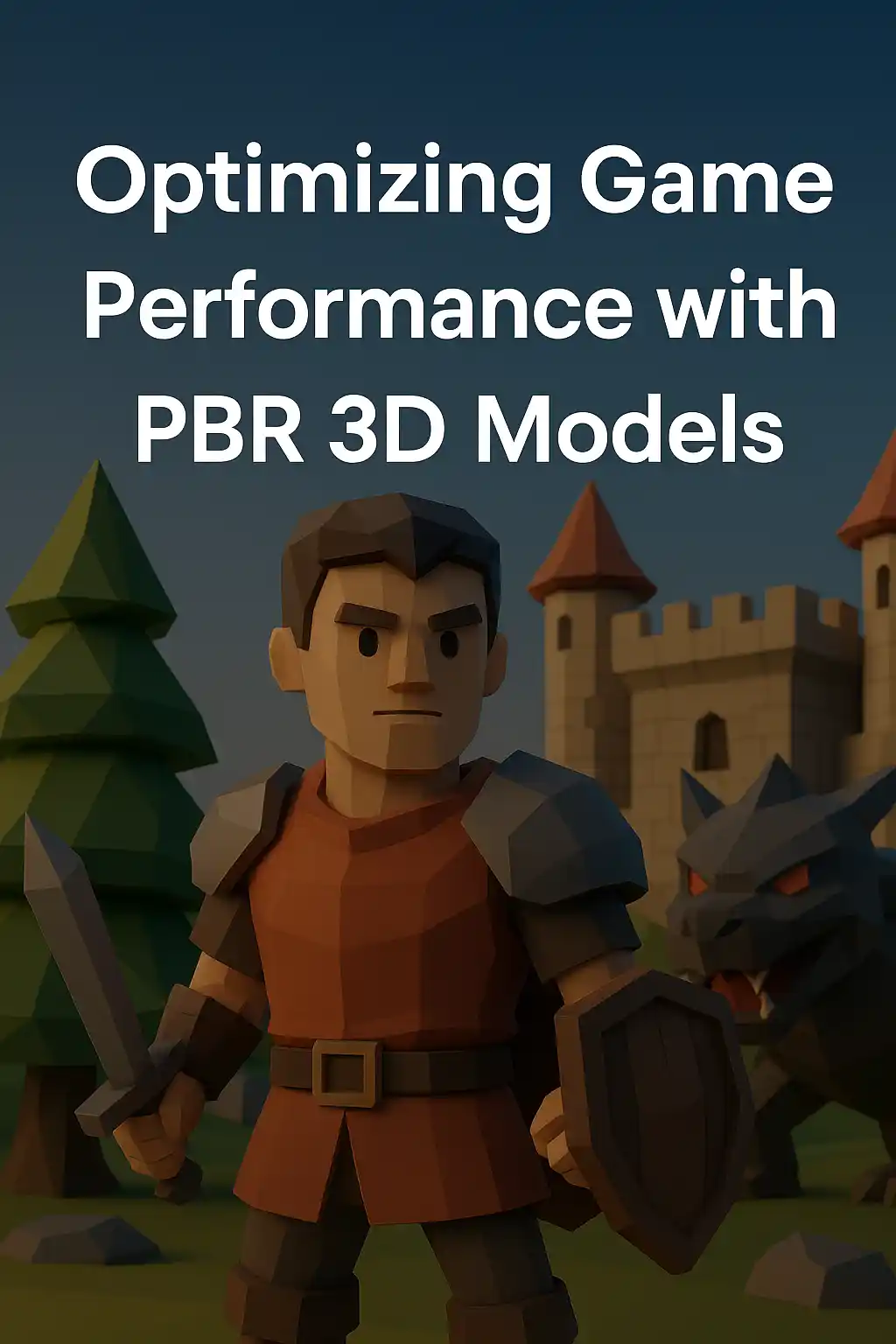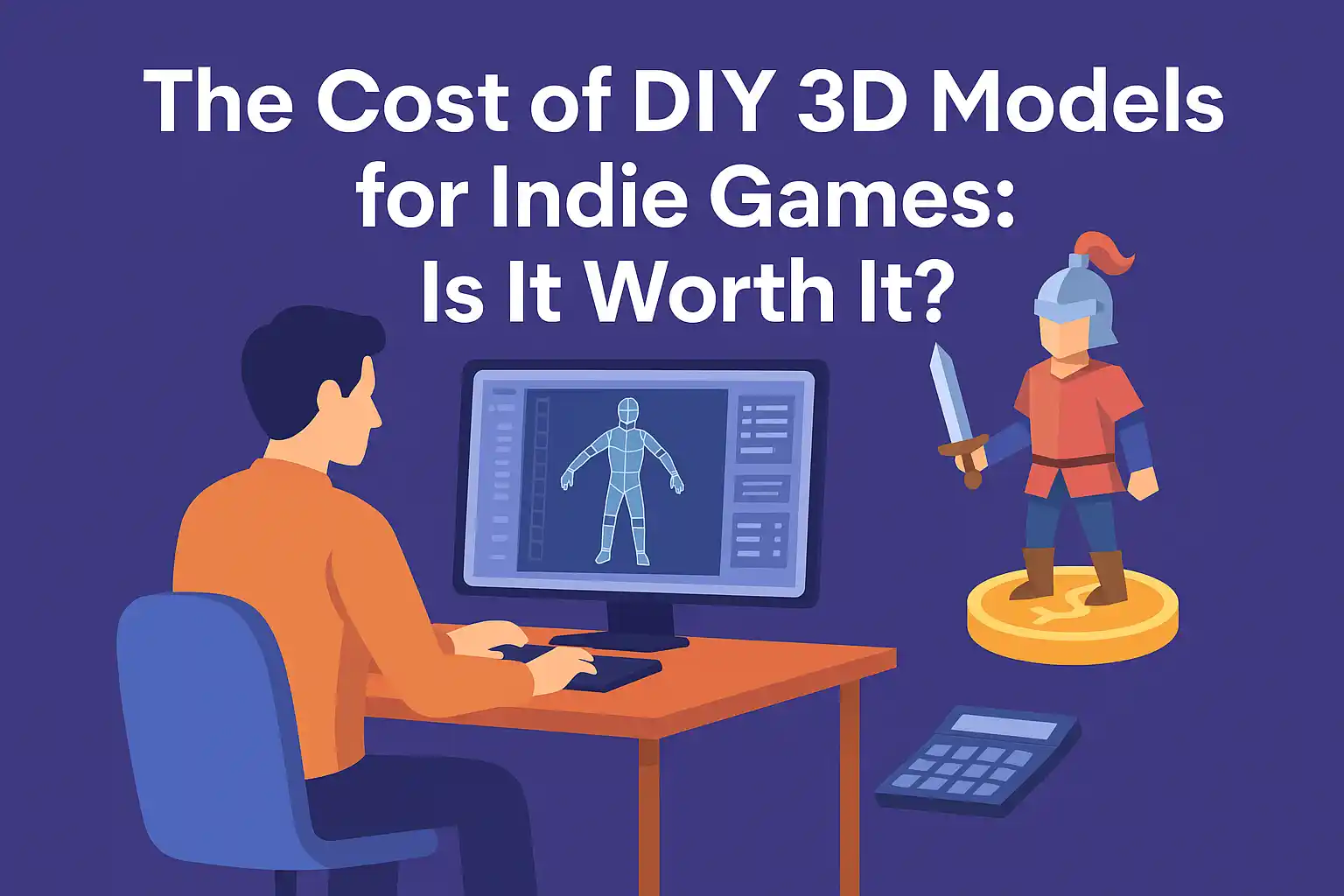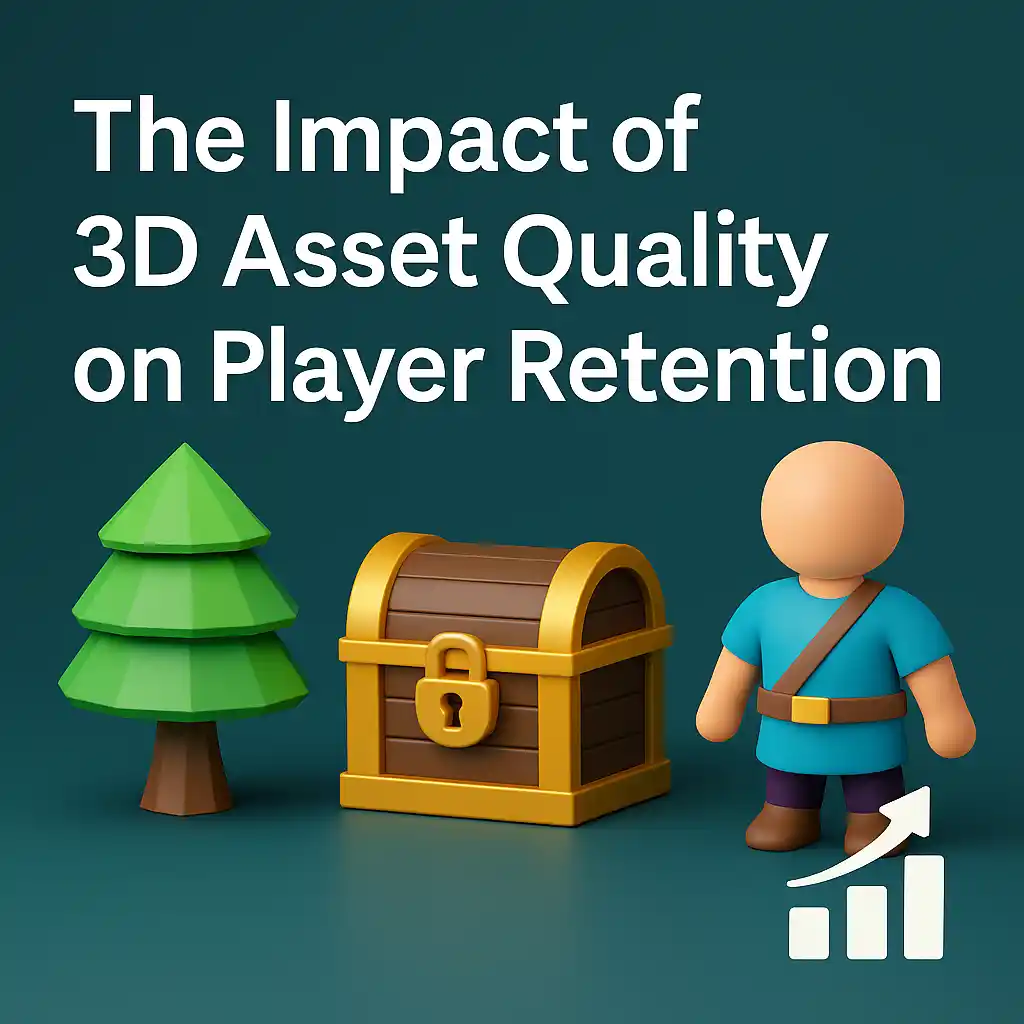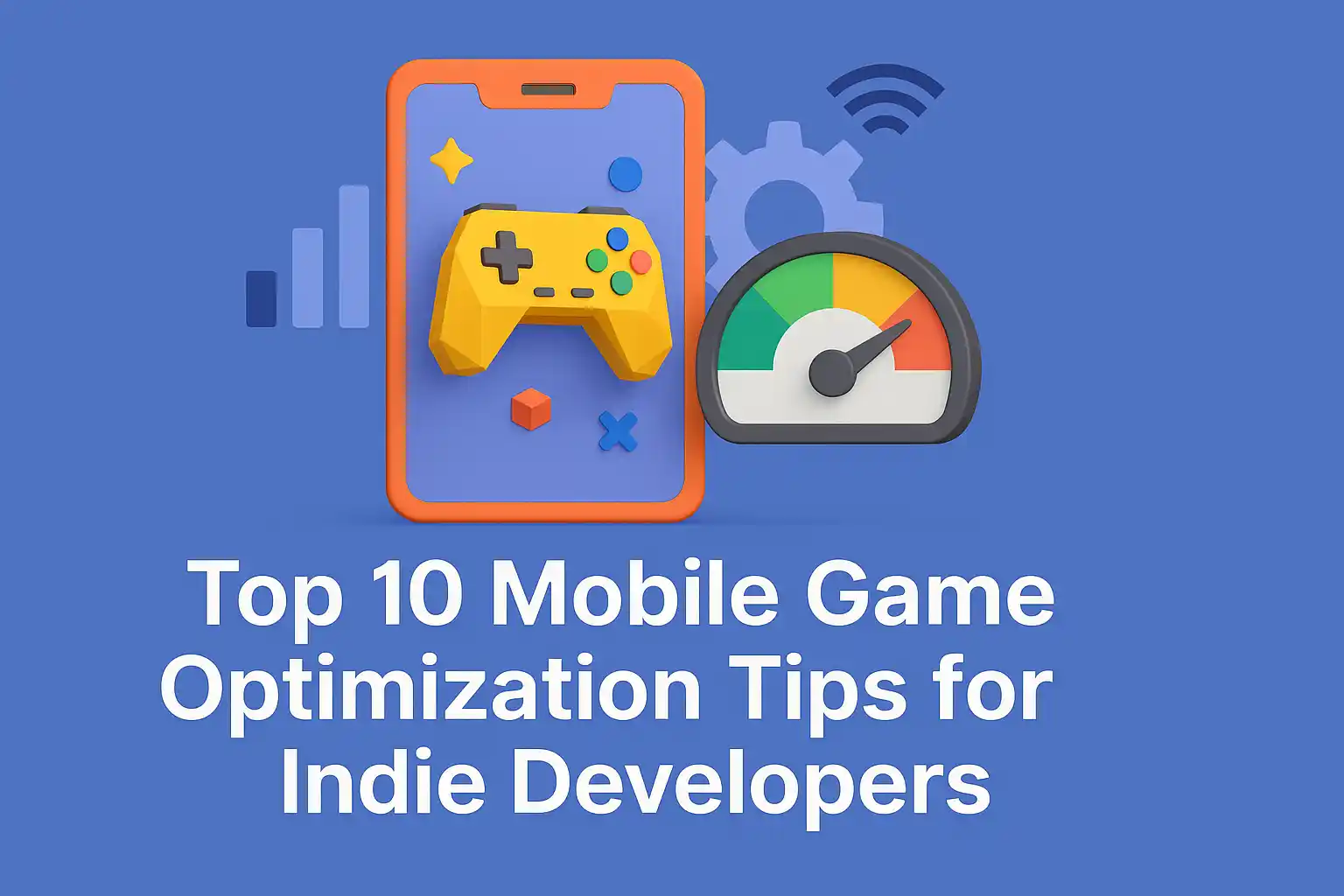The Impact of 3D Asset Quality on Player Retention
by Animatics Asset Store in Blog on October 6, 2025In the competitive world of game development, player retention is one of the most critical metrics for success. Developers spend countless hours perfecting gameplay mechanics, designing levels, and testing features. However, one often overlooked factor that significantly affects retention is the quality of 3D assets in your game. High-quality 3D models don’t just make your game look good, they actively impact how long players stay engaged and how likely they are to return.
In this article, we’ll explore why 3D asset quality matters, how it affects player behavior, and why investing in professional, optimized assets can save time, money, and effort in the long run.
Why 3D Asset Quality Matters
3D assets are the building blocks of your game world. Characters, props, environments, and visual effects all rely on these assets to convey a sense of realism, style, and immersion. Poor-quality 3D assets,low-resolution textures, inconsistent polygons, or unoptimized models—can break immersion, frustrate players, and ultimately lead to high churn rates.
On the other hand, high-quality 3D asset quality ensures:
- Visual Appeal: Crisp textures, detailed models, and consistent style create a visually engaging environment. Players are more likely to explore a world that looks polished and professional.
- Smooth Performance: Optimized models improve performance on all devices. Games that lag, stutter, or crash are abandoned quickly, even if gameplay mechanics are excellent.
- Consistency in Art Style: Consistent asset quality across levels maintains immersion. Mismatched or poorly designed assets can make the game feel unprofessional.
How 3D Asset Quality Affects Player Retention
1. First Impressions Count
Players form an opinion about your game in the first few seconds. High-quality 3D assets create a strong first impression and signal that your game is worth investing time in. A beautifully rendered character or environment can capture attention instantly, encouraging players to continue exploring.
2. Immersion and Engagement
Immersion is key to keeping players engaged. When a game’s 3D assets are well-crafted, players feel like they are part of the game world. High-quality textures, realistic animations, and attention to detail create a cohesive experience that enhances player engagement.
3. Reducing Frustration
Low-quality assets can negatively impact gameplay. For example, if an important object is hard to see due to poor modeling or unclear textures, players may become frustrated. By using high-quality 3D assets, developers reduce these friction points, improving overall satisfaction.
4. Boosting Word-of-Mouth Marketing
Players who enjoy visually appealing games are more likely to recommend them to friends. High-quality 3D assets contribute to a professional, polished look that encourages sharing, social media posts, and organic promotion.
Key Factors That Define 3D Asset Quality
Not all 3D assets are created equal. When assessing asset quality, consider the following:
- Polygon Count: Higher polygon models provide more detail but can impact performance. Low-poly models are ideal for mobile or web-based games, while high-poly models work for AAA or PC games.
- Textures: High-resolution textures enhance realism but must be optimized to avoid performance issues. Use efficient UV mapping and compression where possible.
- Animations: Smooth, realistic animations improve player engagement. Even simple idle or movement animations can make a big difference.
- Consistency: A uniform art style ensures that all assets feel like part of the same world. Mismatched assets break immersion.
- Optimization: High-quality assets are useless if they crash or lag. Optimize models for target platforms without compromising visual fidelity.
Low-Poly vs High-Poly Assets: Striking the Balance
Choosing between low-poly and high-poly 3D assets depends on your target audience, platform, and game genre.
- Low-Poly Assets: Ideal for mobile, casual, and web games. They load faster, perform better, and are easier to integrate into large environments.
- High-Poly Assets: Best for AAA, PC, and VR games where visual fidelity is a priority. They provide stunning realism but require more processing power.
The right balance between poly count and optimization is essential. This is where 3D asset quality directly impacts player retention. Smooth, visually appealing assets keep players engaged, while poorly optimized high-poly models can lead to frustration.
Find high quality low poly and high poly models Here!
3D Asset Quality in Game Genres
Different game genres have unique requirements for 3D assets:
- Mobile Games: Prioritize low-poly, optimized models for fast loading and smooth performance. Stylized assets often work better than realistic ones.
- VR and AR Games: High-fidelity assets enhance immersion. Players expect realistic textures and accurate object behavior.
- Casual Games: Fun, colorful, and stylized assets keep engagement high without overloading performance.
- Racing and Action Games: High-quality vehicles, weapons, and props are critical. Poor asset quality can break immersion and reduce retention.
How Indie Developers Can Leverage High-Quality 3D Assets
For indie developers, creating every asset from scratch is time-consuming and expensive. Buying prebuilt, high-quality 3D assets can:
- Save Development Time: Ready-to-use assets allow faster prototyping and shorter production cycles.
- Maintain Consistency: Professional asset packs provide uniform style and optimized models.
- Improve Player Retention: Engaging, polished visuals keep players coming back.
By investing in high-quality assets, indie developers can compete with larger studios without spending months creating every model from scratch.
Tips to Ensure 3D Asset Quality
- Check Reviews: When buying assets, read reviews and see how other developers have used them.
- Preview Before Purchase: Examine polygon count, textures, and animation quality.
- Optimize for Your Game Engine: Ensure the asset works smoothly in Unity, Unreal, or your preferred engine.
- Consistency: Choose assets that fit your game’s art style and maintain immersion.
- Test Performance: Always test assets on target devices to avoid lag or crashes.
Conclusion: Why 3D Asset Quality Drives Retention
Player retention is directly influenced by how immersive, smooth, and visually appealing your game is. High-quality 3D assets create:
- Strong first impressions
- Smooth gameplay with fewer frustrations
- Cohesive and immersive worlds
- Increased likelihood of sharing and returning
For indie developers and small studios, investing in optimized, prebuilt 3D assets is one of the smartest ways to improve retention, reduce development time, and produce professional-looking games.
If you want your game to keep players engaged longer, focus on 3D asset quality. The right assets can be the difference between a short-lived game and a hit that players return to again and again.






